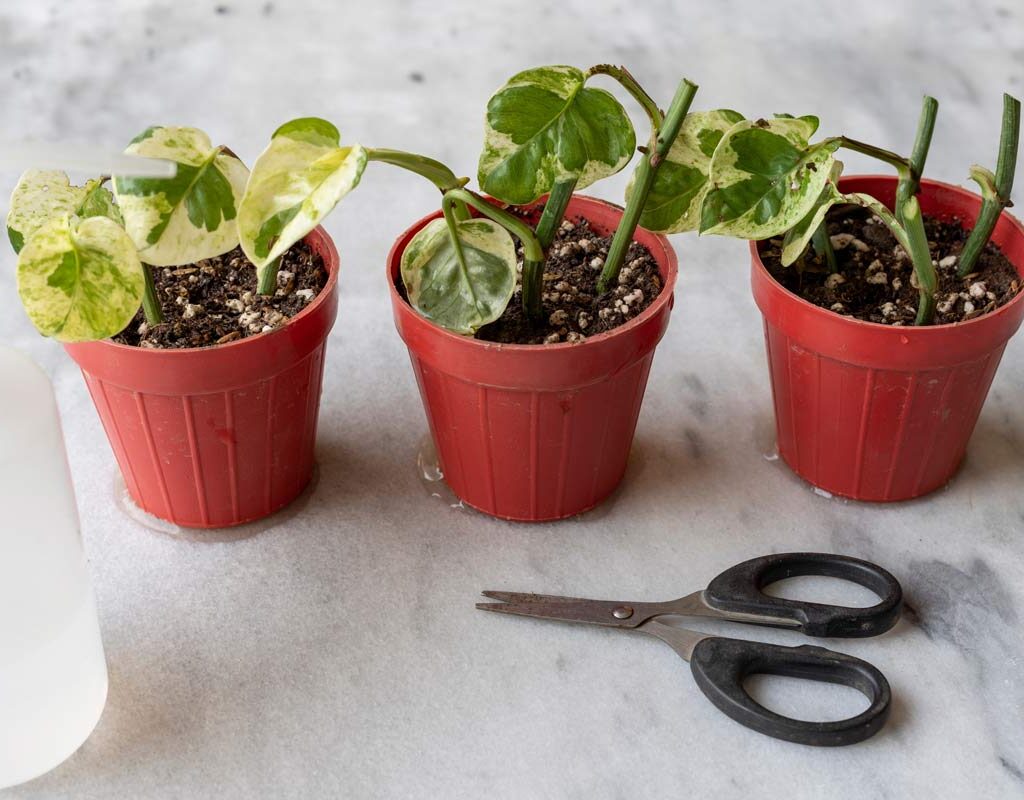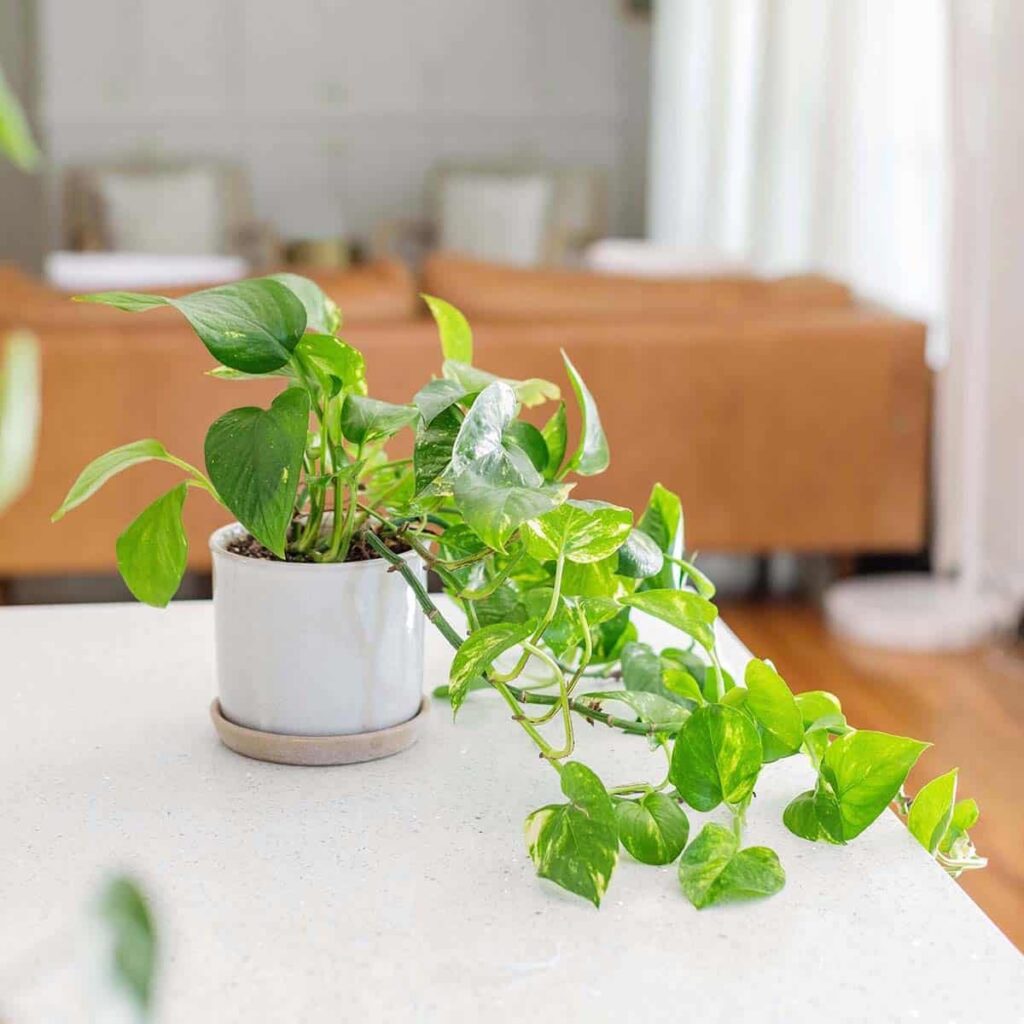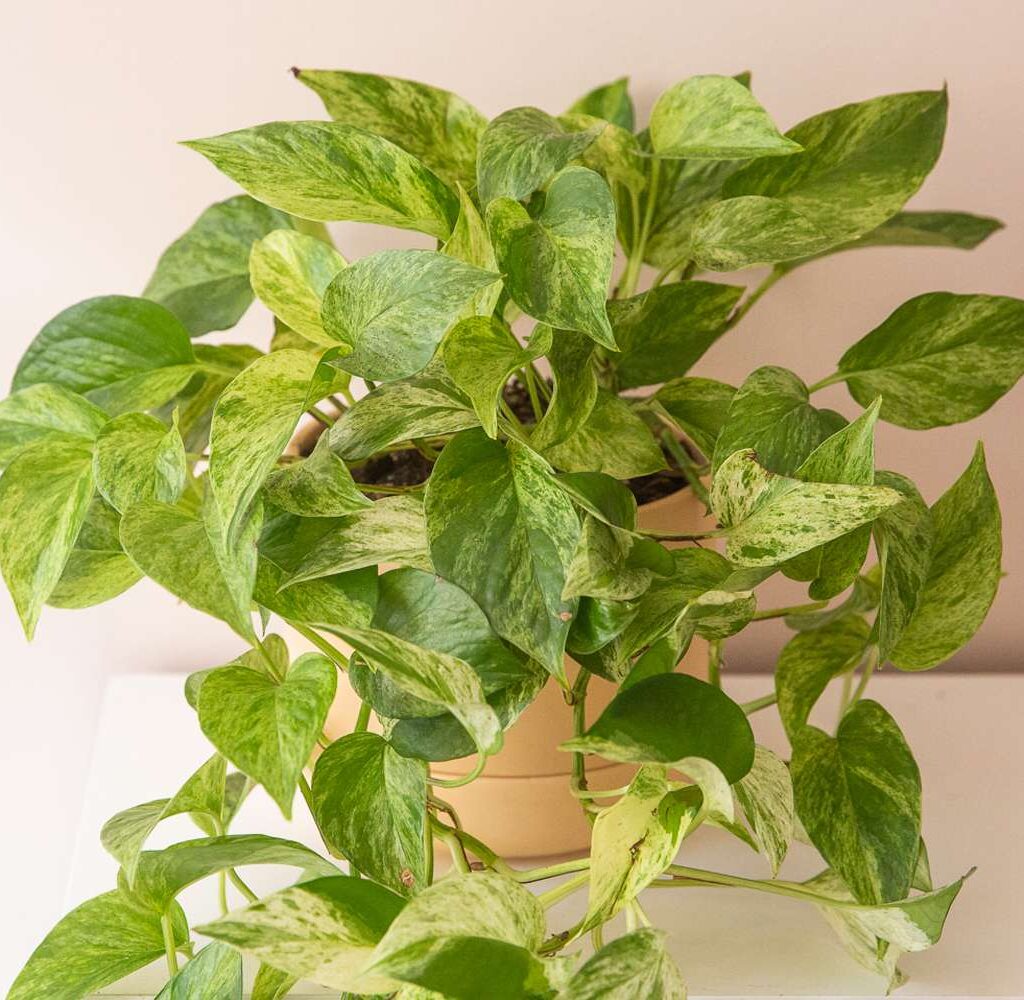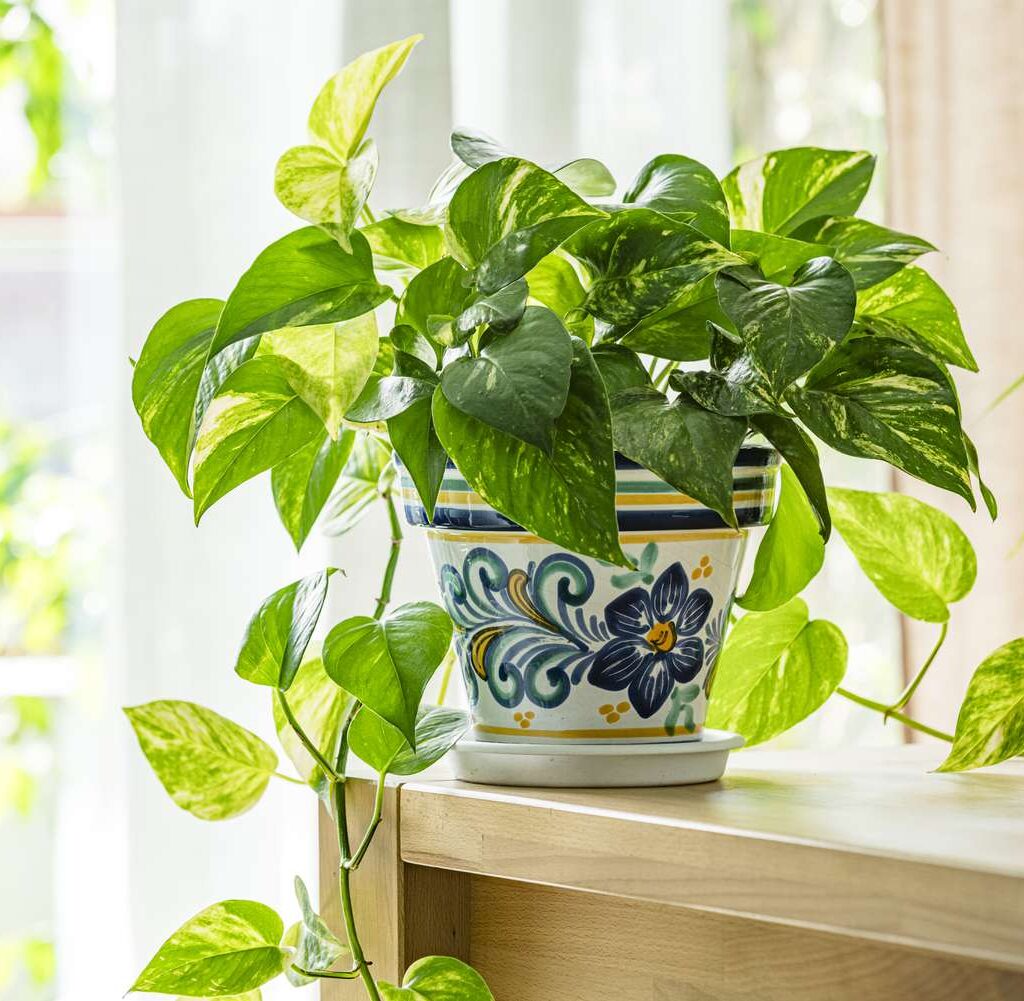Pothos (Epipremnum aureum), also known as Devil’s Ivy, is a popular indoor plant renowned for its lush, trailing vines and ability to thrive with minimal effort. Its adaptability, air-purifying qualities, and beautiful heart-shaped leaves make it a top choice for both beginner and seasoned plant enthusiasts. However, if your goal is not just to keep your pothos alive but to make it thrive and grow rapidly, proper care is essential. In this comprehensive guide, we’ll explore everything you need to know to ensure your pothos plant grows quickly and healthily.
1. Choose the Right Variety

Pothos comes in several varieties, each with unique leaf patterns and growth habits. Golden Pothos, Marble Queen, Neon Pothos, and Jade Pothos are among the most common types. For fast growth, Golden Pothos is often recommended due to its vigorous nature.
2. Provide Optimal Lighting
Light is a critical factor for the speedy growth of your pothos plant.
- Bright, indirect sunlight is ideal. While pothos can tolerate low light, growth will be significantly slower.
- Avoid direct sunlight, which can scorch the leaves.
- In low-light rooms, consider using LED grow lights to simulate natural conditions and accelerate growth.
Pro Tip: Rotate the pot every few weeks to ensure even light distribution and symmetrical growth.
3. Use a Well-Draining Soil Mix

The right soil ensures your pothos has access to both water and air—essential for root health and fast growth.
- Use a lightweight, well-draining potting mix. A mix of peat moss, perlite, and a bit of compost works well.
- Avoid heavy garden soils that retain water and may cause root rot.
Ideal Recipe: 2 parts peat moss or coco coir + 1 part perlite + 1 part compost.
4. Water Correctly
Overwatering is one of the most common issues that slow down pothos growth.
- Allow the top 1–2 inches of soil to dry before watering again.
- Water thoroughly until it drains out the bottom, then empty the saucer to avoid root rot.
- In winter, reduce watering as the plant’s growth naturally slows down.
Warning Signs: Yellow leaves may indicate overwatering, while brown edges usually point to underwatering.
5. Keep Temperatures Warm

Pothos is a tropical plant, so maintaining a consistent temperature between 65–85°F (18–29°C) is key.
- Avoid cold drafts and sudden temperature drops, which can stunt growth.
- If your room gets chilly at night, consider moving your pothos to a warmer location or using a plant heating mat in winter.
6. Humidity Helps
While pothos can tolerate average household humidity, higher humidity levels (40–60%) can promote faster growth.
- Mist your pothos occasionally.
- Place a humidity tray (a shallow tray filled with water and pebbles) near the plant.
- Use a humidifier if the air is particularly dry, especially during winter.
7. Fertilize for Growth
Feeding your pothos regularly can significantly boost growth.
- Use a balanced liquid fertilizer (10-10-10 or 20-20-20) every 4–6 weeks during the growing season (spring through summer).
- Avoid over-fertilizing, which can cause salt buildup and leaf burn.
Organic Option: Diluted fish emulsion or compost tea also works well for a more natural approach.
8. Prune to Encourage Bushier Growth
Pruning not only shapes your pothos but also encourages more vigorous and bushy growth.
- Trim leggy vines just above a node (the point where a leaf meets the stem).
- Don’t discard the trimmings—you can propagate them in water or soil to create new plants.
Tip: Regular pruning stimulates branching, giving your pothos a fuller appearance.
9. Repot When Rootbound
If your pothos stops growing or you notice roots coming out of the drainage holes, it may be time to repot.
- Choose a pot 1–2 inches larger in diameter than the current one.
- Refresh the soil when repotting to give your plant a nutrient boost.
How often? Every 1–2 years is typically sufficient for healthy growth.
10. Support and Train the Vines

Pothos vines can grow over 10 feet indoors when properly cared for.
- Provide a moss pole, trellis, or hanging basket for your plant to climb or trail.
- Training the vines helps create a more attractive shape and can encourage larger leaf development.
11. Propagate for More Plants
If you’re aiming for lush, fast-spreading pothos coverage, propagation is a game changer.
- Take stem cuttings just below a node and place them in water or moist soil.
- Once roots are a few inches long, transfer them into pots or back into the mother plant for a fuller look.
12. Watch for Pests and Diseases
Common pests like spider mites, mealybugs, and scale can slow your plant’s growth.
- Wipe the leaves with a damp cloth regularly to keep them dust-free and spot pests early.
- Use neem oil or insecticidal soap to treat infestations.
Fungal Issues: Yellow spots or mold on soil can signal overwatering—adjust your watering schedule accordingly.
13. Troubleshooting Growth Issues

Here are some quick fixes for common pothos growth problems:
- Stunted growth: Check light, temperature, and repot if rootbound.
- Pale leaves: Indicates lack of nutrients—consider fertilizing.
- Wilting leaves: Likely underwatering or poor drainage.
Final Thoughts
Caring for a pothos plant is a rewarding experience, especially when you see it flourish and trail beautifully across your living space. With the right combination of light, water, temperature, humidity, and a bit of regular TLC, your pothos will not only survive—it will thrive with lush foliage and impressive growth speed.
Whether you’re adding greenery to your home, office, or balcony, pothos is a resilient companion. And with the steps above, you’ll be well on your way to growing one of the fastest and healthiest pothos plants around.



